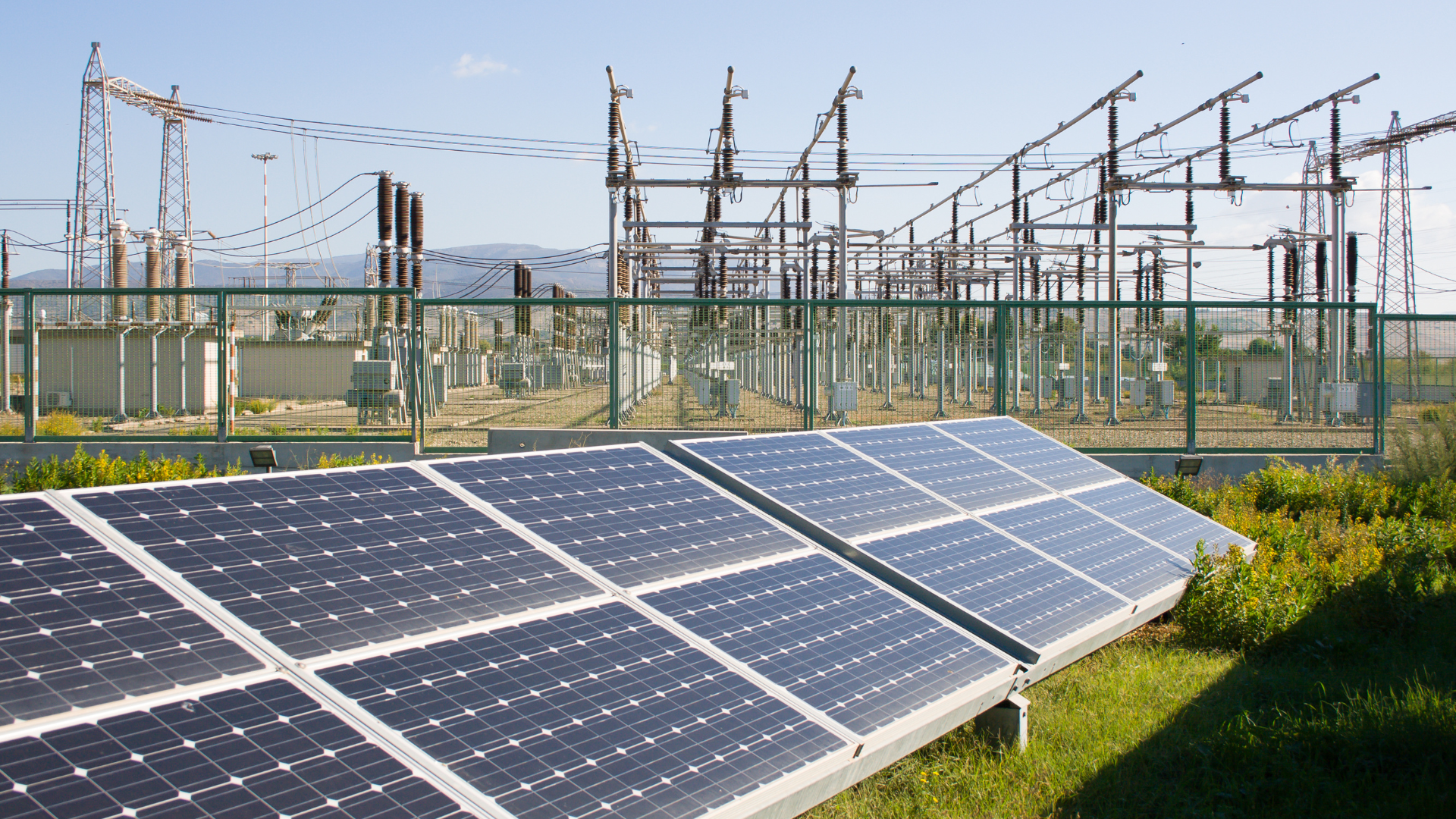As the global energy landscape evolves, there is an increasing emphasis on grid resiliency, reliability, and security. Governments and organizations worldwide are recognizing the need for robust, adaptive energy grids capable of withstanding challenges and incorporating cutting-edge technologies. To make these visions a reality, funding is being made available for utilities to invest in key projects. One significant avenue for funding in the US is the Grid Resiliency and Innovation Partnership or GRIP. In the content that follows, we explore the key elements of applying for this funding program and delve into how the integration of Sitetracker, cloud-based software focused on enterprise project, site, and asset management for the grid, can serve as a game-changer in the application process.
Understanding Grid Resiliency and Innovation Partnership (GRIP) Funding
GRIP Funding is a vital initiative aimed at supporting projects that enhance the reliability, efficiency, and sustainability of energy grids. Whether it involves implementing smart grid technologies, incorporating renewable energy sources, or enhancing grid cybersecurity, the program seeks to catalyze innovation in the energy sector.
In mid-November, the Biden-Harris Administration announced up to $3.9 million in a second round of funding with applications due by 5 pm ET on January 12, 2024.
Crafting a Winning Application
A well-defined project proposal can help you stand out in the competitive landscape of funding applications. But to truly stand out, an effective application must demonstrate how dollars awarded will not just be used – but maximized, including both the volume of work that can be achieved along with the timeline in which it can be completed.
The Role of Enterprise Project, Site, and Asset Management Software
Integrating cloud-based software like Sitetracker into your application can significantly enhance its overall quality. Here’s how:
- Efficient Planning and Scheduling: Sitetracker enables precise planning and scheduling of project activities. By presenting a well-organized timeline with milestones and deliverables, your application demonstrates a realistic and achievable implementation strategy. Not to mention, on average, Sitetracker customers report completing projects 31% faster!
- Resource Allocation: Demonstrating effective resource allocation is key to proving the feasibility of your project. Sitetracker helps optimize resource utilization, ensuring that manpower, materials, and finances are allocated efficiently.
- Real-Time Collaboration: Many funding programs emphasize collaboration and stakeholder engagement. Whether you’re in the office or out in the field, Sitetracker facilitates real-time collaboration among team members, allowing for seamless communication and efficient, real-time information sharing.
- Risk Management: Every project comes with inherent risks. Utilizing Sitetracker to identify, assess, and mitigate project risks showcases a proactive approach to project management and responsible use of federal dollars.
- Progress Tracking and Reporting: Clear and transparent reporting is essential for keeping stakeholders and funders informed about project progress. Sitetracker provides tools for real-time tracking and generating comprehensive reports, ensuring transparency and accountability.
As the energy sector continues to embrace innovation and resilience, securing funding through programs like GRIP becomes increasingly competitive. By leveraging Sitetracker, applicants can set themselves apart by presenting a well-organized, efficiently planned, and transparent project proposal. The integration of Sitetracker not only enhances the application process but also sets the stage for successful project implementation, contributing to the overarching goal of building a more resilient and innovative energy grid for the future.
Want to learn more about Sitetracker? Schedule a demo here.
